
Purslane is currently the new ingredient of the modern, nature-oriented kitchen. And this is hardly surprising as the deep green leafy vegetable has a fine, fresh and tangy taste. Purslane is also rich in vitamins and minerals. Winter purslane in particular is an all-rounder. It tastes perfect as a salad, fried, in soup, as a filling for ravioli or as pesto.
Jump to RecipeThe herb of the monks
In Italy, the fast-growing plant was once very common as a nutritious and healing vegetable. The juicy green leaves are acidic, slightly salty and particularly rich in vitamin C. This means that it gives excellent protection against scurvy. Perhaps this is why this herb was so popular with monks. The monks went from house to house asking for alms in the Middle Ages. This is the reason why purslane is also known as "erba fratesca" or "erba dei frati" (herb of the monks).
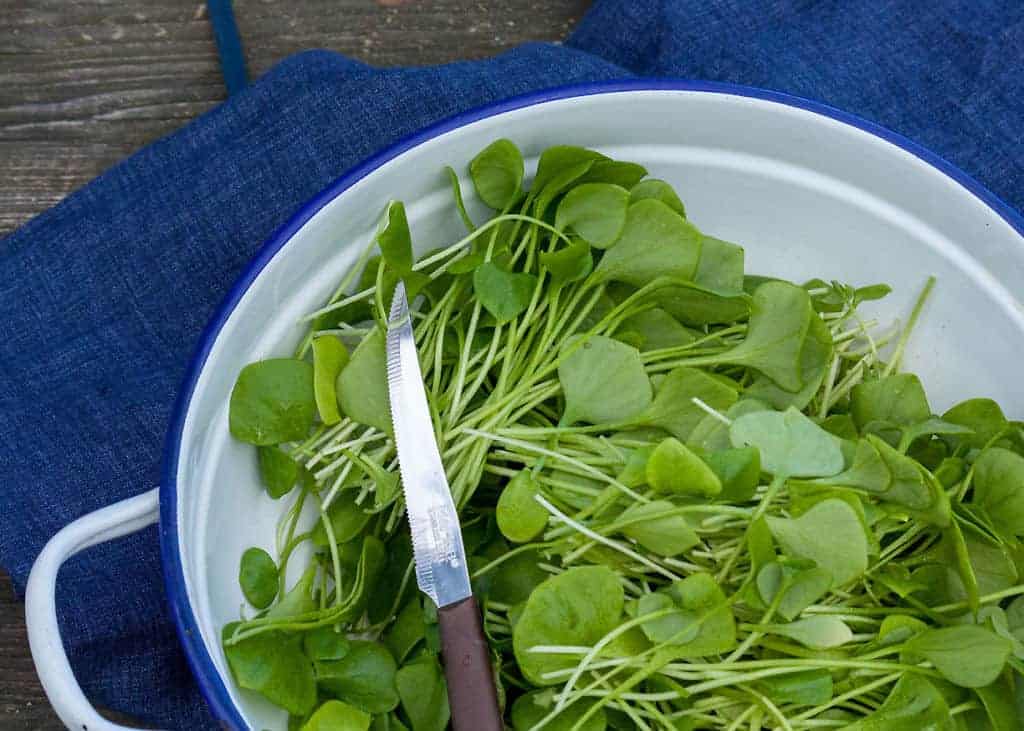
How to use purslane in the kitchen
In the Lazio region, purslane is the main ingredient of misticanza. This is a mixture of wild herbs, oil, salt and lemon juice. The herb's shoots are prepared with celery in Calabria, in Sicily with tomatoes, cucumbers and onions. In Naples, pucchiacchella (the regional name) is mixed with rocket salad and sold at roadsides by travelling gardeners. Purslane is available at well-stocked markets and organic shops.
📖 Recipe
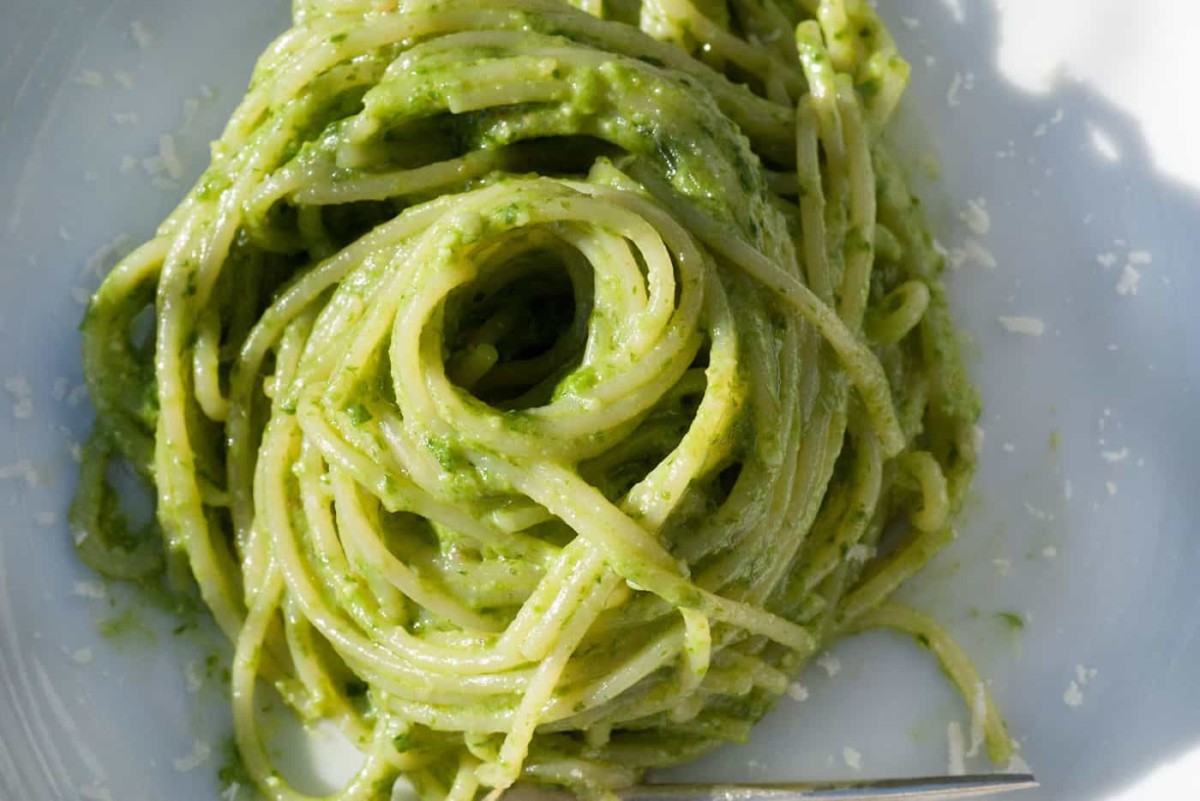
Spaghetti with winter purslane pesto
Ingredients
- 380 g spaghetti
- 50 g purslane
- 1 clove garlic
- 1 tablespoon pine nuts, alternatively nuts or almonds
- 1 pinch salt
- 40 g Parmesan, freshly grated
- 20 g Pecorino, freshly grated
- olive oil, extra virgin
Instructions
- Bring water to the boil in a high pot. When the water begins to boil, add the salt and the spaghetti. In the meantime, roast the pine nuts without fat. Crush the purslane in a mortar. As soon as green liquid is released, add the roasted pine nuts, the grated cheese and the crushed garlic clove. The ingredients should then be crushed until a creamy paste is created. Refine the pesto with olive oil and season with salt.
- When the pasta is al dente, remove it from the water with spaghetti tongs, add it to the pesto and mix well. The sauce should become creamy with the pasta, add 1-2 tablespoons of cooking water if necessary. Arrange portions on plates, decorate with Pecorino and serve immediately.
Notes
Nutrition
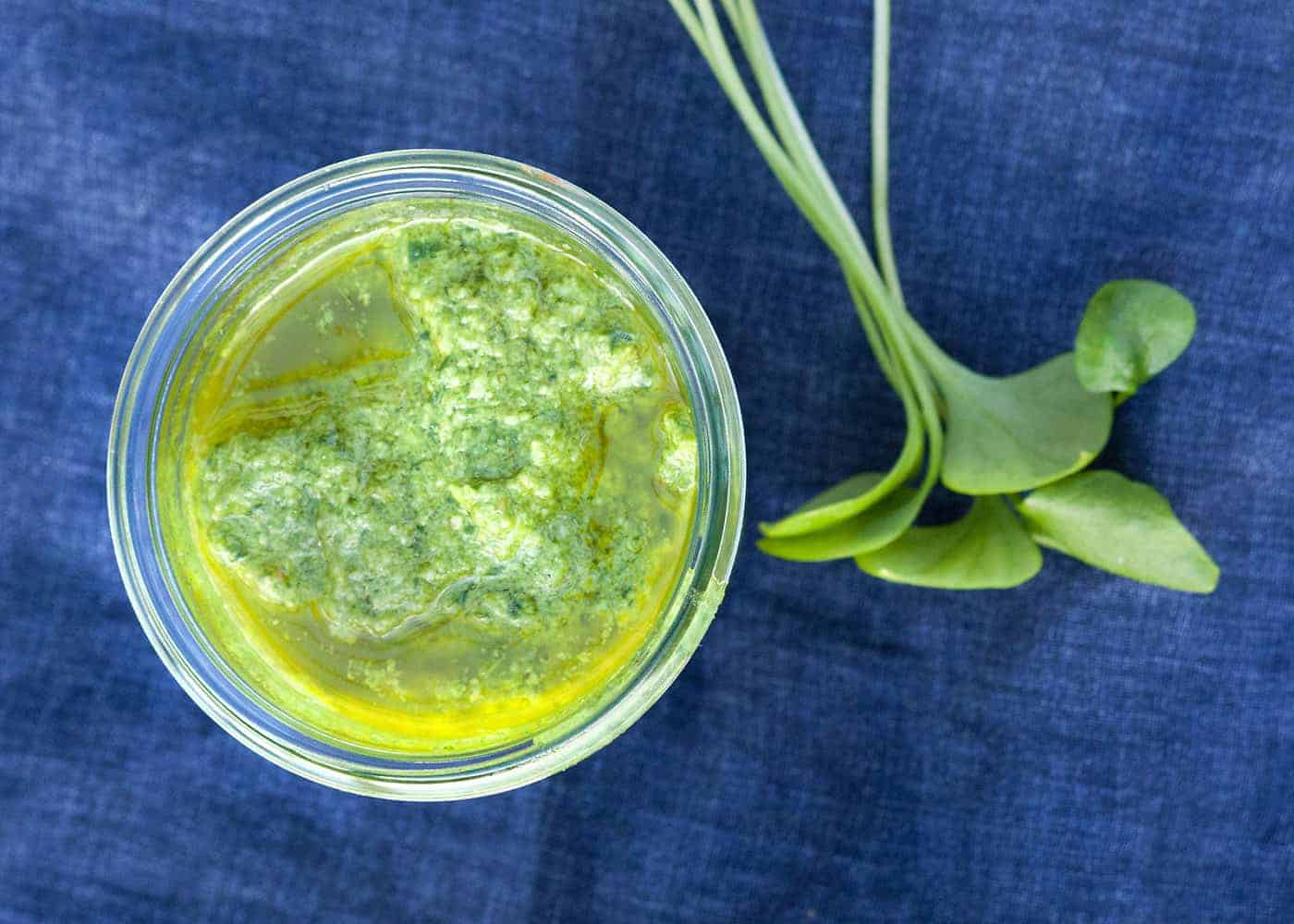
Buon appetito!


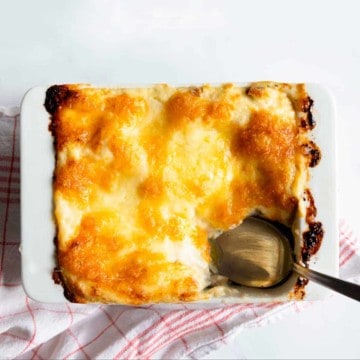
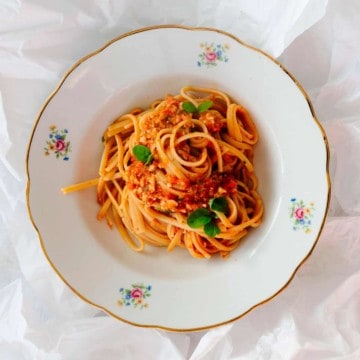
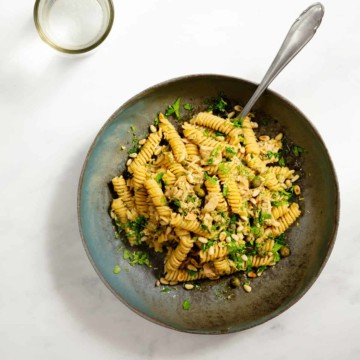
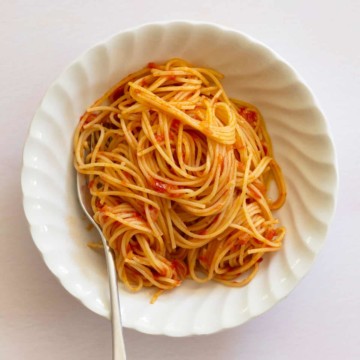
colby
Purslane, aka portulak is not the minesr's lettuce you show in this recipe. Claytonia perfoliata, commonly known as miner's lettuce, Indian lettuce, or winter purslane is an entirely different plant than garden purslane, otherwise known as little hogweed, pusley, and wild portulaca. I am now going to go ahead and try to make pesto out of actual purslane.
Ale
Hi, this type of purslane, known in the alps area as winter purslane, is in the same family as the portulata you mentioned.
Both can be used to make pesto . Both are edible and delicious.
I hope you enjoyed the pesto. it is great for dressing pasta but also on crostini or pizza.
Best regards
Alessandra
Beeara
Hi there,
I'm curious why this is called winter purslane pesto... Why winter, not summer?
Thanks!
Ale
Hey Beeara! There are several varieties of purslane. The winter one withstands low temperatures. It is planted in October and is available in gardens all winter. This is the winter purslane.